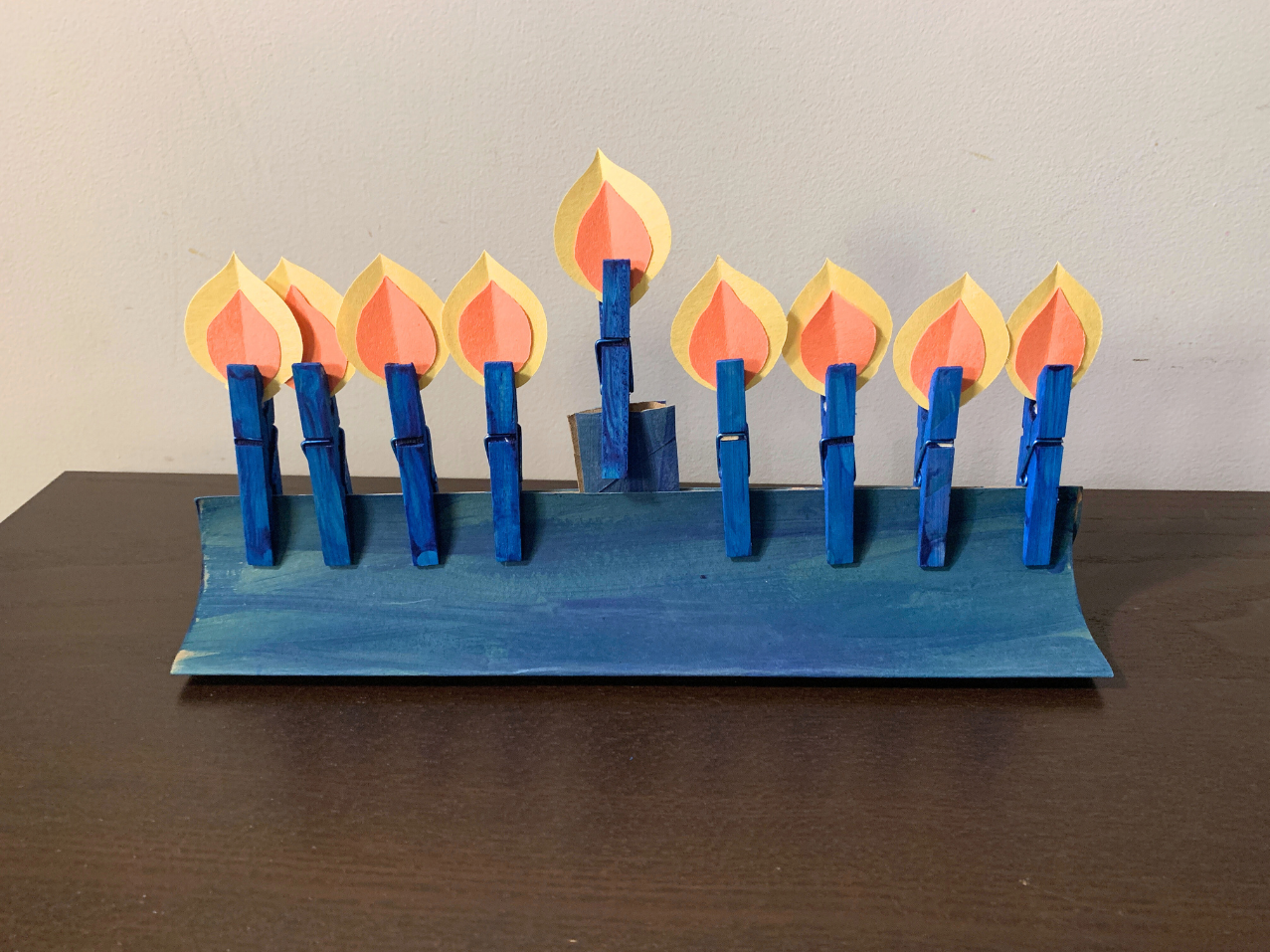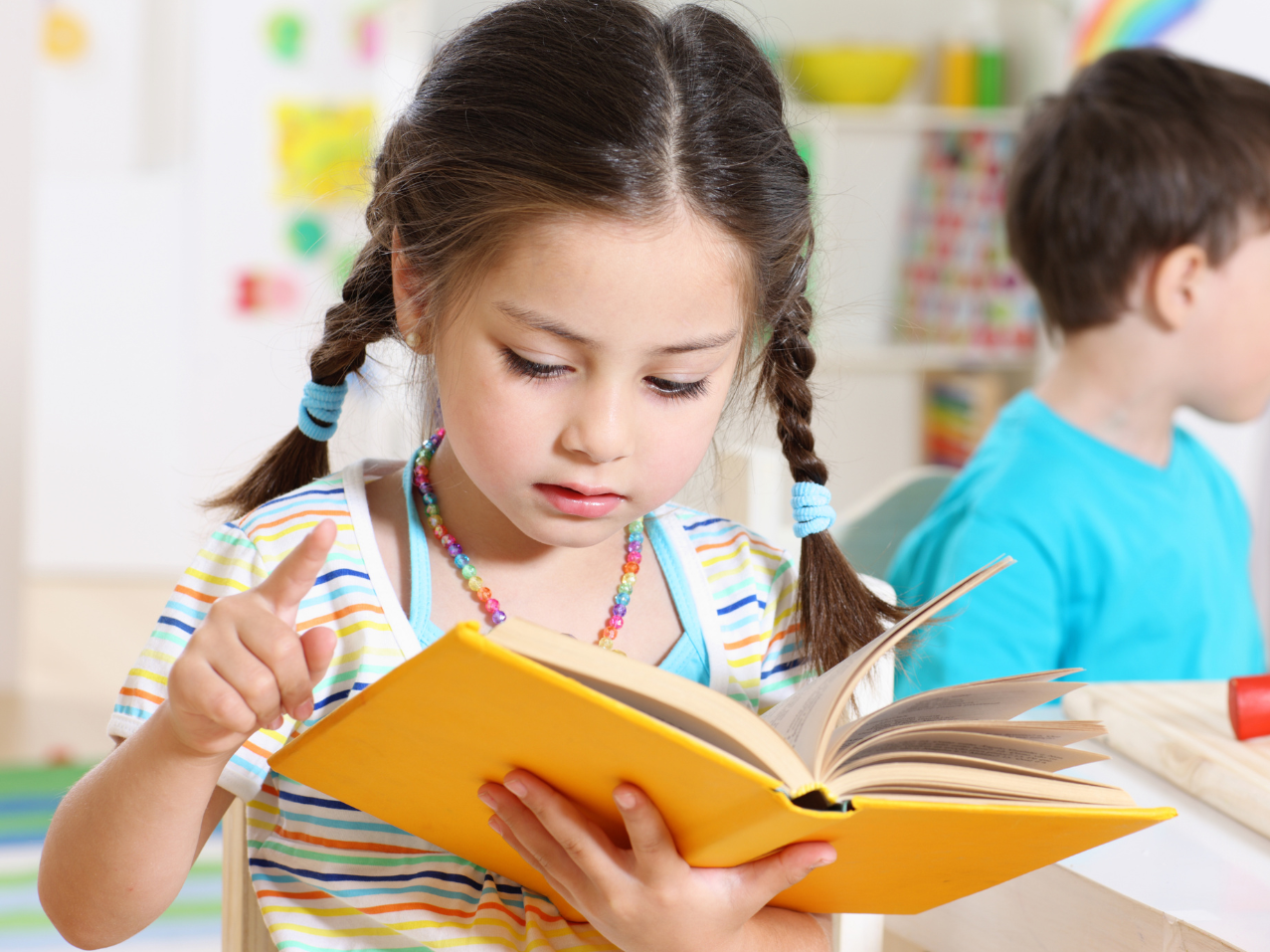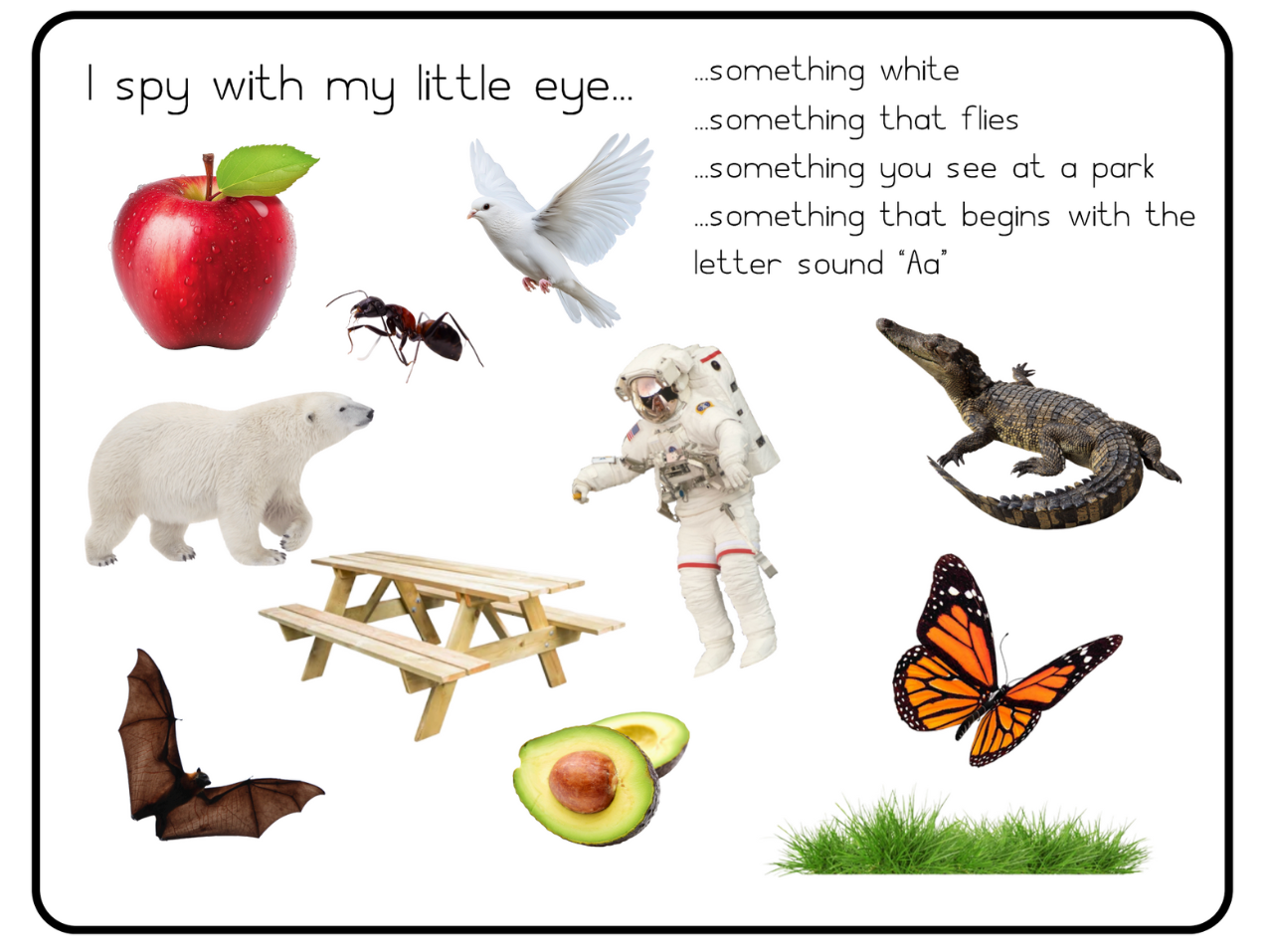Menu
-
-
Shop Holiday Items
-
Shop Gifts By Age
- Gifts For a 0-6 Month Old
- Gifts For A 6-12 Month Old
- Gifts For A One Year Old
- Gifts For A Two Year Old
- Gifts For A Three Year Old
- Gifts For A Four Year Old
- Gifts For A Five Year Old
- Gifts For A Six Year Old
- Gifts For A Seven Year Old
- Gifts For An Eight Year Old
- Gifts For A Nine Year Old
- Gifts For A Ten Year Old
-
Shop Gifts By Budget
- New Arrivals
-
Toys
- Large Active Toys
- Animal Toys
- Arts & Crafts
- Award-Winning Toys
- Bath Toys
- Birthday Wishlists
- Building Toys
- Cars, Trains, & Trucks
- Games
- Instruments
- Loose Parts Play
- Loot Bag Toys
- Made in Canada
- Outdoor Toys
- Pretend Play
- Puzzles
- Sensory And Fidget Toys
- Sensory Bin Tools & Fillers
- STEM Toys & Activities
- Toronto-Themed Gifts
- Travel Toys
- Wooden Toys
- Waiting Room Toys & Furniture
-
Montessori Materials
- Montessori At-Home Program
-
Montessori Furniture
-
Bundles & Sales
-
Books
-
Shop By Age
-
Shop By Brand
- Brands A-F
- Brands G-L
-
Brands M-R
- MagicPlaybook
- Magna Tiles
- Make Believe Ideas
- Makedo
- Manhattan Toys
- Math for Love
- Milaniwood
- MindWare
- Mojo Toys
- Moluk
- Moulin Roty
- Native Northwest
- nic
- Nienhuis
- Ooly
- Opinel
- Ostheimer
- Papoose
- Peaceable Kingdom
- Plan Toys
- Plus-Plus
- Preschool Collection Watches and Timers
- Ravensburger Puzzles
- Real Life Pages
- Brands S-Z
-
- 866-901-4696
- Gift Registry
- Login


How To Encourage Your Child to Read - A Montessori Approach
4 min read
After the holidays, kindergarten registration will be starting and with that, there will be plenty of parents wondering if their children are ready.
The last few decades have seen an increase in the expectation that children are starting to read and write by kindergarten but that’s definitely not the expectation from educators.
From a Montessori perspective, certain elements of reading and writing are taught before age 4 but ONLY if the child is interested.
If they are interested, the whole process flows much more easily.
Below are some signs of interest you can look for and activities you can do at home to help your child along:
Activities for Ages 6 months+
Reading and writing starts early in Montessori but the activities are probably not what you’re thinking.
They have nothing to do with teaching letters to infants.
Instead, once a child can sit up unassisted, they’re offered a variety of activities designed to make writing easier in the next few years by:
- Strengthening the hands
- Refining the fine motor skills
- Developing the pincer grasp
These activities will help to make holding a pencil properly much easier.
They're also often designed to be done left to right, the way we read, to begin developing that muscle memory.
Activities for 6 months+ to 18 months (activities taken from our at-home program):
- Finger painting
- Squishing cooked fruit or veggies
- Opening and closing containers
- Stacking
- Nesting
- Using child-safe playdough
- Picking up pom poms and moving them into and out of various containers (ice cube trays, muffin tins, etc).
Activities for 18 months+ (taken from this post):

- Puzzles with knobbed handles
- Bead stringing
- Working with clothespins (having your child pin them on the side of a basket or other item)
- Using tongs for transferring small items
- Peeling stickers
- Using eye droppers to transfer liquid
Activities for Ages 2.5+
2.5 is the minimum age that letters are usually introduced in a Montessori classroom and that’s ONLY if the child is showing interest. There is no expectation to do this before age 4.
The activities below are simply offered if a child is showing the signs below:
- Recognizing print in the environment
- Trying to read words
- Trying to identify the names of letters
Here's what you can do at home when you child shows interest in letters:
-
Read to them.
This one is the easiest and least stressful for parents. Don’t feel pressure to do any more than this before your child starts kindergarten.
If you want to take it a step further, you can point out letters while you’re reading or out in the world. It can help do it with 1-2 letters at a time and ones that are meaningful to your child, like the first letter of their name. -
Letter tracing boards
In a Montessori classroom, teachers will use sandpaper letters but parents are generally discouraged from buying and using them at home. There’s a specific way to present them that Montessori-trained teachers learn.
Tracing boards are a great alternative because there's no skill required to introduce them and there's some fun activities the child can do with them at home:
-> Use playdough to replicate the letters
-> Trace the letters with a stylus
-> Fill the letters with dried legumes or beads
They provide a tactile, physical way to learn a concept, which is ideal for young children.
When your child is showing interest in letters, you can simply display it on their shelf or in the playroom. They'll pull it off the shelf when they feel like it and at that point you can offer the play dough or legume activities.
-
Letter baskets
If your child is showing interest in letters, you can also make letter baskets. This is a lesson in our at-home program so if you’re in the program, feel free to wait until you get the full lesson to get started with this activity.
One thing to note is that Montessori, as well as most kindergarten classrooms, teach letters phonetically (the way they sound). Rather than just saying the letter B, like bee, you'd say buh.
If you are going to do any letter work at home, it's encouraged to teach the letters phonetically to align with what your child will learn in school. If you’d like to hear the phonetic sounds for all the letters, this site is an excellent resource: https://pronuncian.com/sounds
To make letter baskets, choose only 3-5 letters at a time, ideally ones that have significance to your child (like the first letter of their name or M for mom). Put together a basket with 5-7 items that all start with that letter.
To make it easier for a child to understand, ensure all the items start with the same sound, not just the same letter, as some letters can sound different when followed by different letters (i.e cup vs. chocolate).
For example, an M basket might have:
- A marble
- A marker
- A monkey figure
- A macaroni noodle
- A magnifying glass
- A mirror
This presents the letters alongside something physical they can see and touch, helping make the connection easier to understand.
To present the letter basket, sit with your child and pick up each object, one a time, name it, and emphasize the beginning sound. Continue until all objects have been named. Go through the basket as often as they're interested.

Don't Stress!
Remember, school is designed to teach children how to read and write. Educators were trained to teach just that. It's wonderful to encourage reading at a young age but you also don't have to make it your job before your child starts school.
Join Our Montessori Community
Sign up to get weekly activities, free printables, Montessori parenting guidance, and so much more.
Plus, get $10 off your first order of $100+.
Like this article? Get new articles, weekly activities, free printables, Montessori parenting guidance, and so much more.
One mom recently shared:
"Your newsletter is always SO great. It is one of the few I open and read weekly. You provide so much value. Thank you!"


